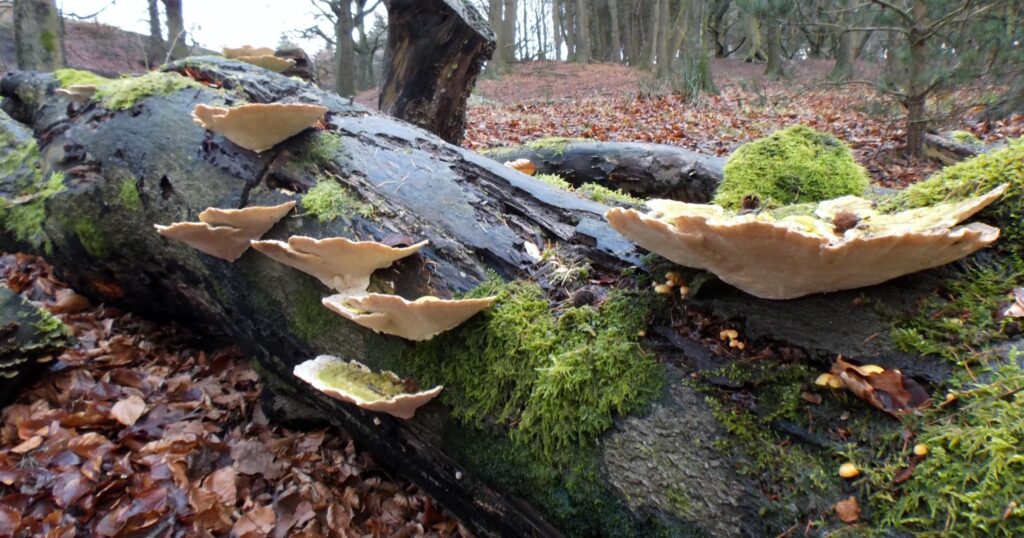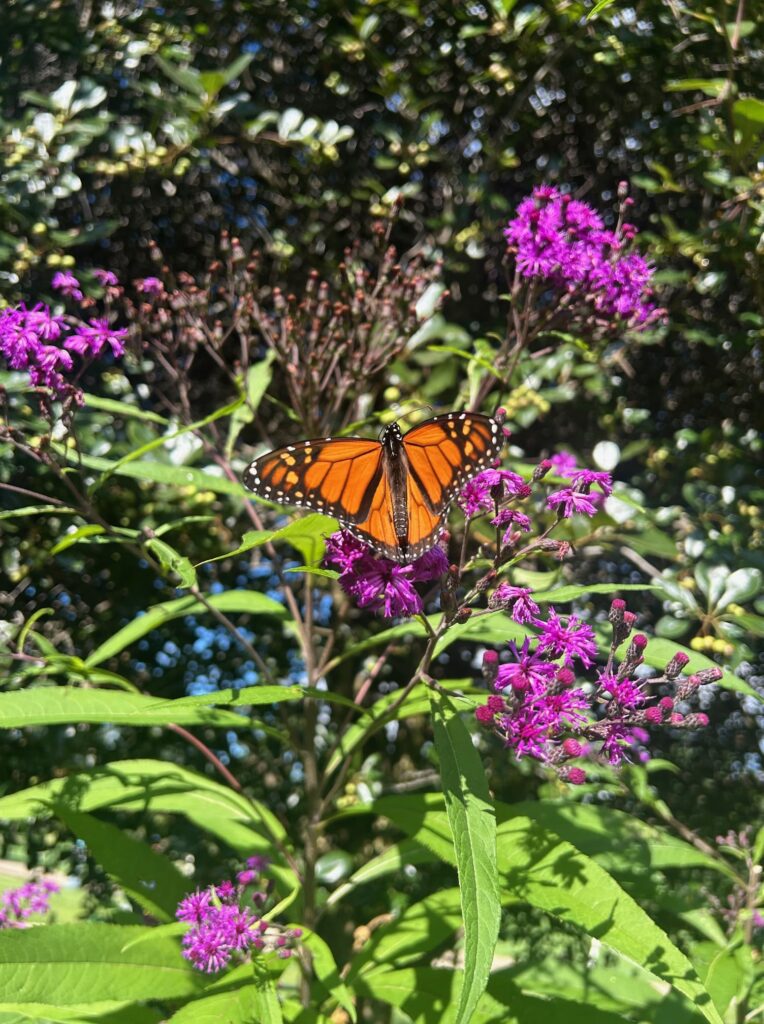Pre-1988 forest policies in India promoted widescale plantations of exotic Eucalyptus tereticornis mainly for the short-term visible gains from timber because of its straight bole, fast growth rate, high productivity per unit area, and minimal requirement for post-plantation care. However, the scientific community, private growers, and the public have been divided over the merits and demerits of Eucalyptus plantations in the past. One reason for this is that our current accounting system considers only the economic gains from wood and fails to consider the cost of lost ecological services when comparing exotic vs. native trees. Instead, we compared the total value of exotic E. tereticornis plantations in comparison with native Dalbergia sissoo plantations.
Total value included estimating economic (monetary) gains from wood (timber and fuel-wood), soil nutrients and their return through litter decomposition, and understorey plant diversity. Two age groups of plantations, i.e., 6-8 y (young) and 19-21 y (old), were selected to compare net benefits as exotic E. tereticornis plantations deliver most of their benefits (especially wood) by 8 y of age, while native D.sissoo plantations deliver benefits after 12-15 y of age. The diversity of plant species, nutrient content in soil, and nutrient return through litter were greater in Dalbergia than in Eucalyptus plantations. A comparison of plantations at 8 y suggested that the total monetary value of ecological services (tangible and non-tangible) was 1.6 times greater from Eucalyptus than from Dalbergia plantations, chiefly because of timber (Table). However, ecological benefits (intangible) were 1.8 times greater from Dalbergia than from Eucalyptus plantations. At 19-21 y of age, total benefits were 2.7 times greater from Dalbergia than from Eucalyptus (Table).
The study suggested that exotic plantations are more profitable than native tree plantations only over the short term and in terms of timber, which is at the cost of many ecological services. However, over the longer term the total benefits from native plantations are far greater where the value of intangible and tangible products. and services increases over time, and adds to the continuum of services and sustainability of a system. The study suggests a need to consider both tangible and intangible carry out total value assessment of exotic and native tree plantations for sustainable gains and to design policy accordingly.
Originally published as:
Sangha, K. and R.K. Jalota. 2005. Value of Ecological Services of Exotic Eucalyptus tereticornis and Native
Dalbergia sissoo Tree Plantations of North-Western India. Conservation and Society 3(1):92-109.





